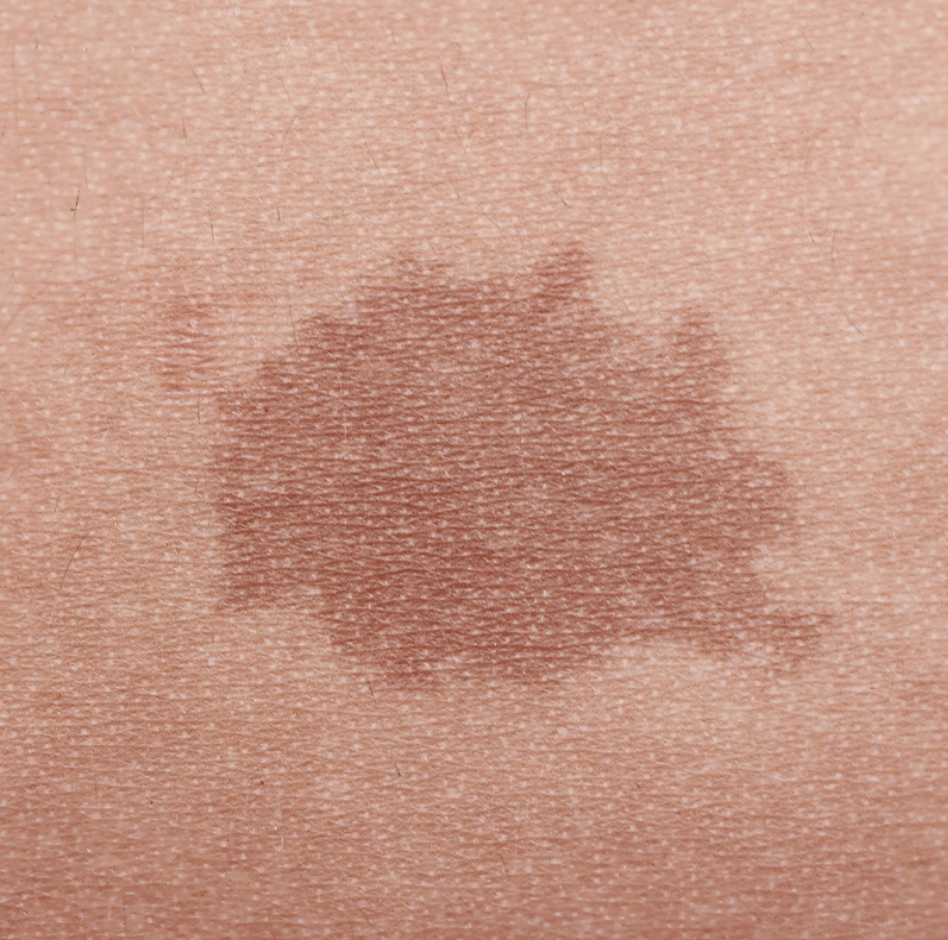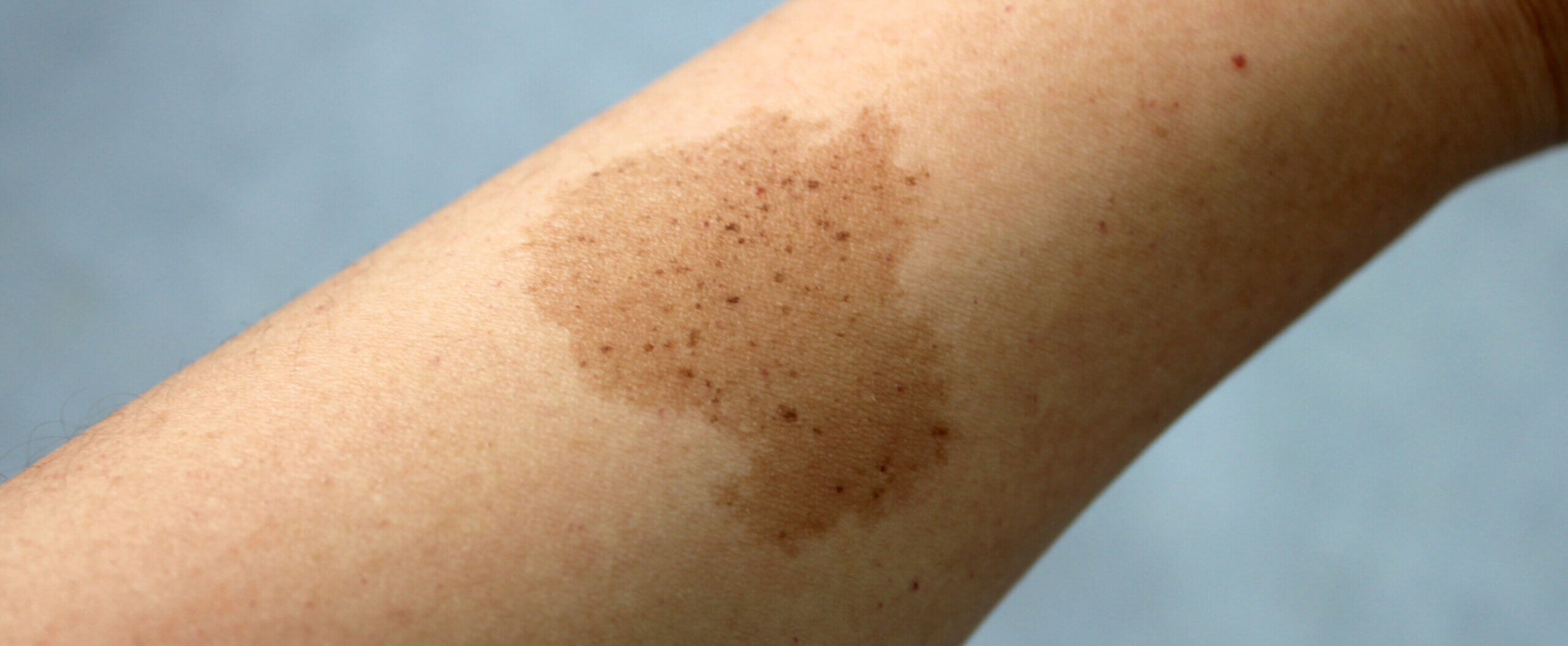Birthmarks
Birthmarks can be a significant source of embarrassment for adults and children alike.
These markings can also be challenging to treat without the proper expertise and devices that allow for personalisation of each treatment to the unique needs of each patient.
A birthmark is a discolouration on or under the skin that is either present from birth or develops shortly thereafter. Birthmarks can often be small, like a more traditional “beauty mark”, and many fade over time, but others can become more pronounced. Unsightly marks can be difficult for self-confidence or, in some cases, suggest underlying medical conditions. The dermatologists at Devonshire Dermatology are renowned experts in a wide variety of birthmark treatments, allowing us to treat numerous patients that may not find help elsewhere.
We treat patients of all ages including young infants. We also treat a variety of vascular and pigmented birthmarks including port-wine birthmarks, haemangiomas, Nevus of Ota, Nevus of Ito, café au lait macules, epidermal nevi, blue nevus and venous malformations.
Treating young patients for birthmark conditions is a dedicated part of our practice. Our clinic has been designed to be child-friendly and comfortable for families. At Devonshire Dermatology we treat patients of ages, including infants and toddlers. We believe that early intervention is the most effective way to successfully treat vascular birthmarks, using fast and painless treatments.
If you are worried about a birthmark or are seeking birthmark removal, board-certified dermatologist Devonshire Dermatology is here to help.


Consultation
- Detailed history of your skin concern
- Total skin examination
- Holistic assessment of your health
- Diagnosis
- Discussion of treatment options
- Personalised treatment plan
- Treatment
FAQs
Birthmarks are common. Research shows that about 10% of babies are born with a type of birthmark known as a hemangioma. Most hemangiomas go away on their own by the time a child is 10 years old. Many disappear sooner.
Babies may be more likely to have a hemangioma if they are:
- Premature
- Less than 5-1/2 pounds at birth
- Female
- White
- Born with a sibling (twin, triplet, etc.)
See answer

The cause varies with the type of birthmark. Some birthmarks form when blood vessels do not form properly. This can cause your baby to have one of the following birthmarks:
- Strawberry hemangioma
- Deep hemangioma
- Port-wine stain
- Salmon patch
Other birthmarks appear when cells that give our skin color, melanocytes (meh-lan-oh-cites), clump together. That’s why newborns develop moles or café-au-lait spots.
A nevus sebaceous (knee-vus seh-bay-ceous) develops when parts of the skin overgrow.
See answer

Birthmarks are divided into three main groups:
- Vascular tumours, which form from cells that make blood vessels and lymph vessels. Although the word “tumour” can sound scary, birthmarks in this group are not cancerous. Your GP will let you know if they need to be monitored.
- Vascular malformations, which form when arteries, veins or lymph vessels don’t grow as they usually would. “Malformation” is a medical term.
- Pigmented birthmarks, which are caused by an overgrowth of the cells which give the skin its colour.
See answer

Some birthmarks may evolve or change in appearance over time, especially during childhood. This is particularly true for vascular birthmarks, such as hemangiomas, which can grow rapidly during the first year of life and then gradually fade. Pigmented birthmarks, such as moles, may also change in color or size over the years. While most changes are benign, any sudden or significant changes in a birthmark should be evaluated by a dermatologist.
See answer

The development of birthmarks can have a genetic component. Certain types of birthmarks, such as café-au-lait spots or certain nevi (moles), may have a hereditary link. However, the presence of a birthmark doesn’t always mean that other family members will have the same birthmark, and new birthmarks can also occur spontaneously.
See answer

In many cases, birthmarks are harmless and do not require removal. However, if a birthmark causes cosmetic concerns, discomfort, or poses a risk of complications, removal may be considered.
See answer



